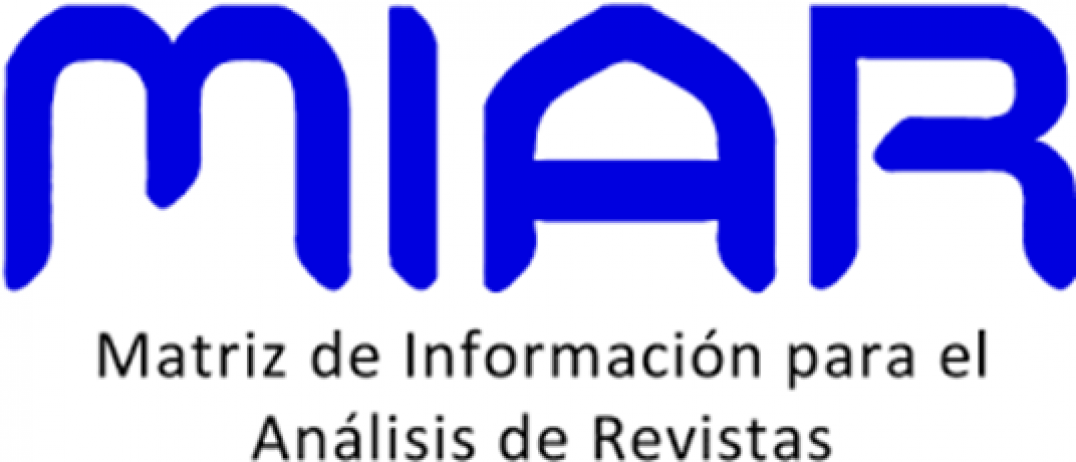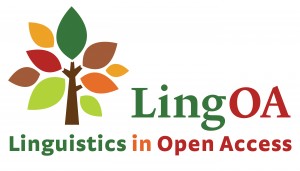La Language policy in the University context. Reflections on the foreign language teaching in Mexico.
DOI:
https://doi.org/10.32870/vel.vi18.158Abstract
This work describes the language policy in the Mexican university context and its relationship with the future of language teaching in Mexico. How has the language policy of Mexican universities developed in the last decade? This study shows a general overview on the national language policy regarding English language teaching and the institutional requirements of Mexican universities in attention to the labor scenario. This qualitative descriptive study addresses the appraisals of deans of language centers of public and private universities, which are identified in narratives under Bardin’s approach (1986). The results of this research gave us insight how the language planning is oriented and describes the future of language teaching and the design of the national language policies at university context.
Downloads
Metrics
References
Arnaéz, P. (2006). La lingüística aplicada a la enseñanza de la lengua: una línea de investigación. Revista Letras, XLVIII. 48:349-363.
Arnoux, E. y Bein, R. (eds.) (2015). Política Lingüísticas y Enseñanza de Lenguas. Buenos Aires, Argentina: Editorial Biblos.
ANUIES (09 de octubre de 2020). Portal ANUIES. Ciudad de México. Directorio de IES afiliadas.http://www.anuies.mx/anuies/estructura- organica/consejo-de-universidades-publicas-e-instituciones-afines- cupia/directorio-de-ies-afiliadas
Bardin, L. (1986). El análisis de contenido. Madrid:Akal.
Cobarrubias, J. y J. A. Fishman (1983). Progress in language planning: international perspectives. Sociology in Language. 31:1:vi-383.
Cooper, R. L. (1997). La planificación lingüística y el cambio social. Cambridge:
C. U. P.
El Universal (19 de diciembre de 2020). Diputados aprueban reconocer a lenguas indígenas y al español como idiomas nacionales. Recuperado de https://www.eluniversal.com.mx/nacion/diputados-aprueban- reconocer-lenguas-indigenas-y-al-espanol-como-idiomas-nacionales
Moreno, T. (20 de junio de 2019). Inglés. Enseñanza imposible por falta de maestros en la SEP. Recuperado de: http://www.eluniversal.com.mx/articulo/nacion/sociedad/2016/08/17/ingles- ensenanza-imposible-por-falta-de-maestros-en-sep
Roseti, l. y de Francesco, K. (2017). Inglés: La lengua extranjera por antonomasia. Revista Digital de Políticas Lingüística. 9:1-13.
Toledo, D.G. Montaño, S., López, I. y Martínez, E. (2018). La política lingüística y formación del profesor en Baja California. Una mirada desde la universidad. En Toledo, D.G., Socorro, S. y Villalobos, L. (Coords.) (2018). Política Lingüística y Enseñanza de Lenguas Extranjeras en las IES en México (pp.85-113). Mexicali, México:UABC.
Toledo, D.G. y García-Landa, L. (2018). Escenarios lingüísticos emergentes en la frontera Tijuana-San Diego. Káñina, Rev. Artes y Letras, Universidad de Costa Rica.2:1-25.
Toledo, D.G., Montaño, M.S., Villalobos, L. (2018). Política lingüística y enseñanza de lenguas extranjeras en las Instituciones de Educación Superior en México. Mexicali, México:UABC

Downloads
Published
Versions
- 2024-11-08 (2)
- 2022-06-21 (1)












